In recent times, American consumers have been increasingly vocal about their dissatisfaction with soaring prices across various sectors. This discontent has led to a growing movement of boycotts against certain products and services deemed too expensive. From essentials like groceries to leisure activities like concerts, nothing seems untouched by inflation and corporate pricing strategies. Consumers are now more mindful of their spending, seeking alternatives or simply opting out of purchases that feel unjustifiably costly. This shift in consumer behavior reflects a broader reevaluation of value and necessity in a volatile economic landscape.
1. Fast Food
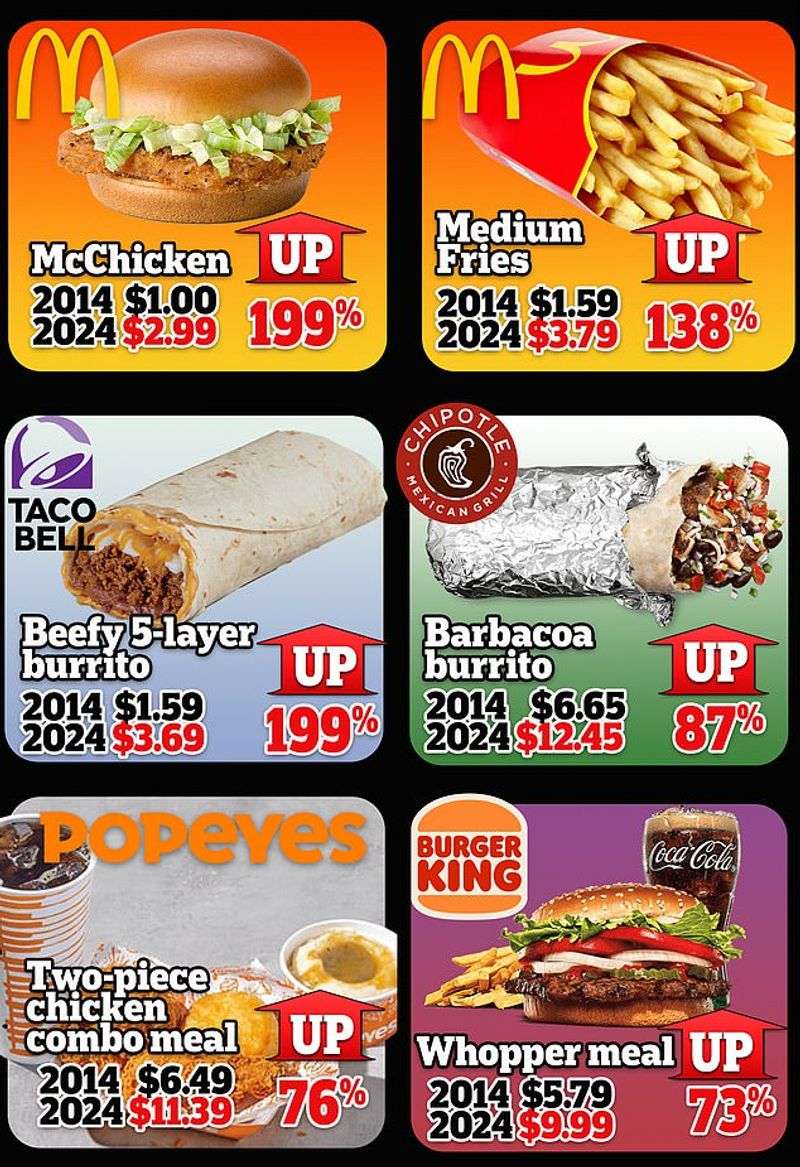
Fast food, once a quick and affordable meal option, has seen prices skyrocket, leaving many consumers disgruntled. A memorable quote from a Reddit user captures the sentiment: “Footlong sweet onion teriyaki from Subway and normal drink was 14 dollars at Subway yesterday in Miami. I’m done with them forever.” The rising costs are pushing people to reconsider their dining choices, favoring home-cooked meals or more budget-friendly alternatives. This trend highlights a significant shift in consumer behavior, driven by a desire for better value in everyday dining experiences.
2. Streaming Services
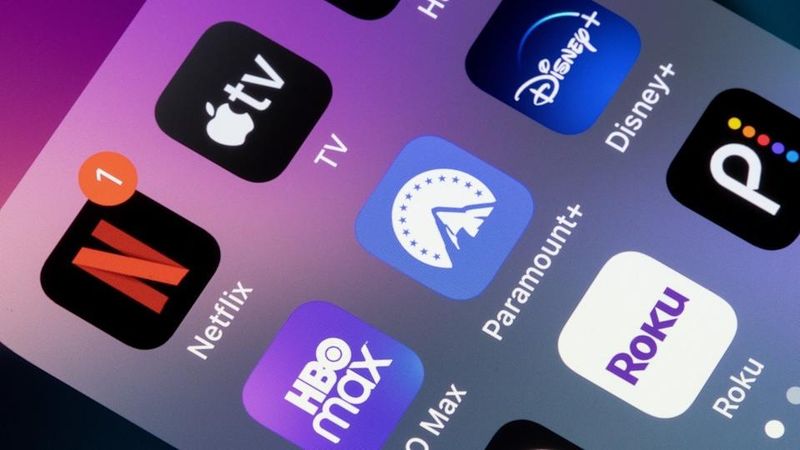
In the age of endless entertainment options, streaming services have become a staple in households. However, as more platforms emerge, the cost of subscribing to multiple services has left consumers feeling the pinch. A user lamented, “As of this month, streaming services. Between the cost of all of them and amount of ads we STILL have to watch it’s a no go.” This cumulative expense, coupled with increased ad presence, has prompted some to revert to traditional viewing methods, seeking free or more cost-effective solutions.
3. Concert Tickets
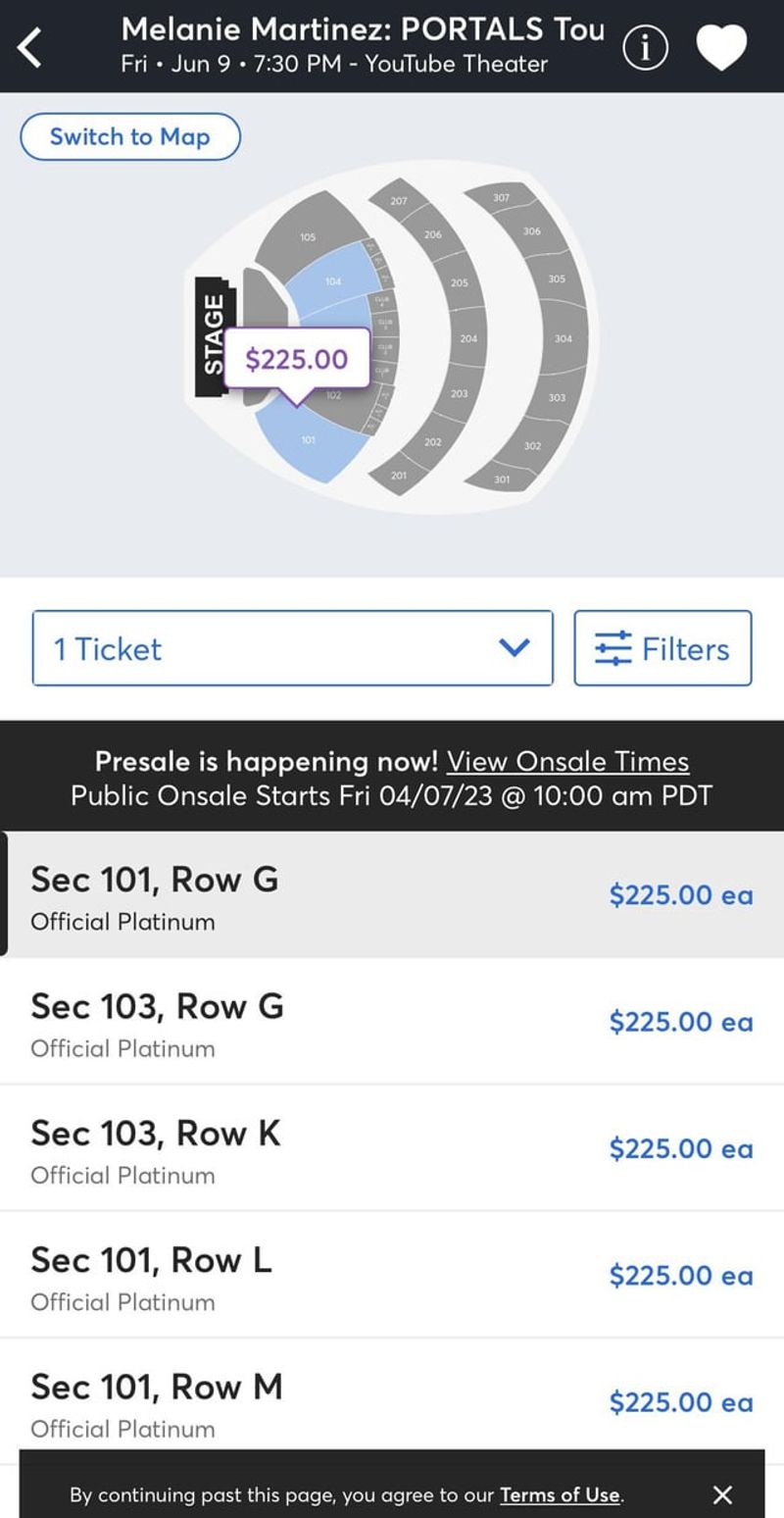
Music lovers are facing a harsh reality as concert ticket prices soar, partly due to the merger of Live Nation and Ticketmaster. Many fans shared their frustration: “Concerts! By the time all the extras and fees are applied they’re out of reach.” The joy of live music is becoming a luxury for fewer people, as hidden fees and premiums add up. This trend has sparked debates about the accessibility of cultural events, pushing some fans to seek alternative entertainment options altogether.
4. Grocery Items
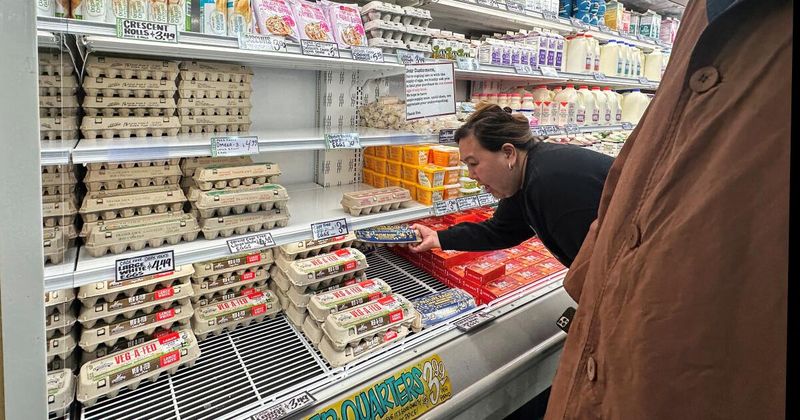
Grocery shopping, a routine task, has turned into a surprising challenge as staple food prices climb. Consumers are noticing the pinch in their wallets. A shopper’s exasperation was clear: “It’s now over $9 for 18 eggs where I am.” This dramatic rise in costs for essentials like eggs and fresh produce is leading families to rethink their shopping lists. Many are turning to local markets or discount stores in search of more reasonable prices, reflecting a broader adjustment in shopping habits.
5. Air Travel
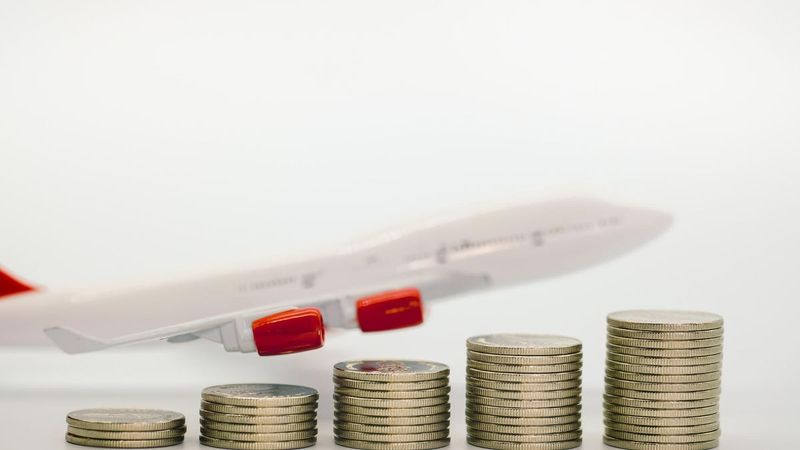
Travel enthusiasts are finding their wings clipped as airfares continue to soar. What once was a $300 round trip is now more than double, leaving travelers to reconsider their plans. A Reddit user remarked on this frustrating trend, prompting a shift towards road trips or staycations. The allure of exotic destinations is dampened by the financial burden, nudging travelers to seek alternative ways to satisfy their wanderlust without breaking the bank.
6. Luxury Handbags

Luxury handbags are no longer just a fashion statement but a symbol of rising costs in the retail industry. Shoppers are taken aback by the ever-increasing prices of these coveted accessories. The appeal of luxury is overshadowed by the question of value. This has led some fashion enthusiasts to explore vintage or second-hand options, where style meets sustainability. The shift reflects a broader dialogue about luxury consumption and its evolving place in modern wardrobes.
7. Designer Clothing

Designer clothing, once a hallmark of exclusivity and style, now rings alarms with its steep prices. Consumers are questioning the added value versus cost. The allure of high fashion is often tempered by budget constraints, encouraging a shift towards rental services or high-quality dupes. This has opened up conversations about the true cost of fashion and the value of style versus substance, reshaping the future of personal style choices.
8. Cell Phone Plans
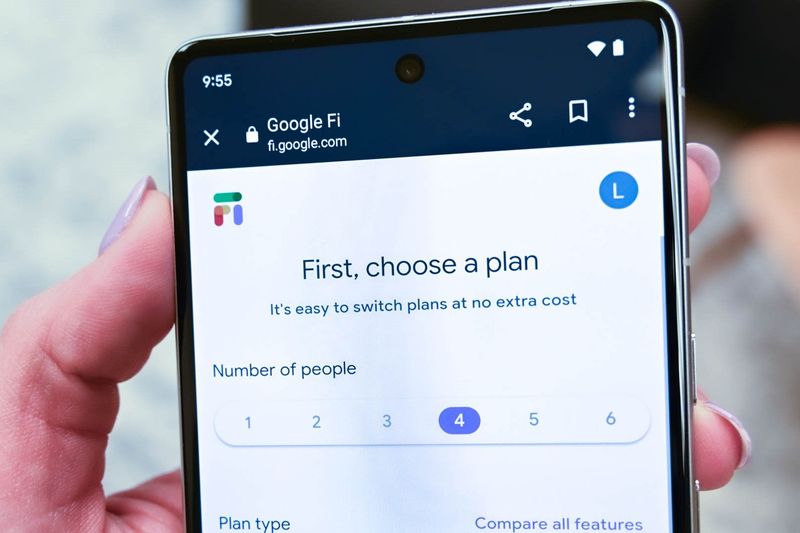
Cell phone plans, a necessity in the digital age, have become a source of frustration due to rising costs. Consumers are caught in a web of hidden fees and unexpected charges, leading to a reevaluation of service providers. The quest for transparency and value has never been more critical, as users seek plans that cater to their needs without breaking the bank. This shift underscores a growing demand for fair pricing and customer-centric service in telecommunications.
9. Housing Market
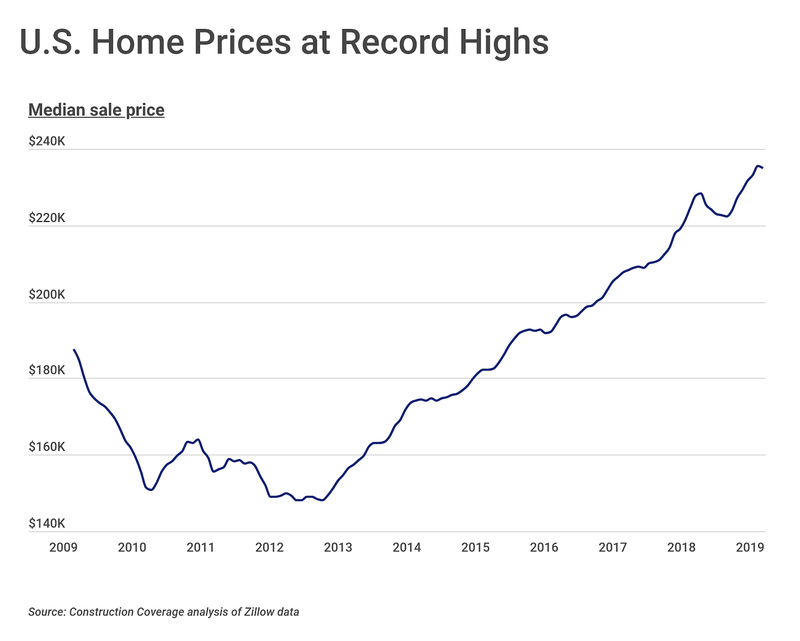
The dream of homeownership is becoming elusive as the housing market experiences unprecedented price hikes. Prospective buyers are often left in disbelief at the costs. This surge is reshaping the idea of the American Dream, with many turning to renting or cohabitation as more viable options. The market’s volatility has sparked discussions on affordability and access, prompting individuals to reassess what home truly means in today’s economic climate.
10. College Tuition
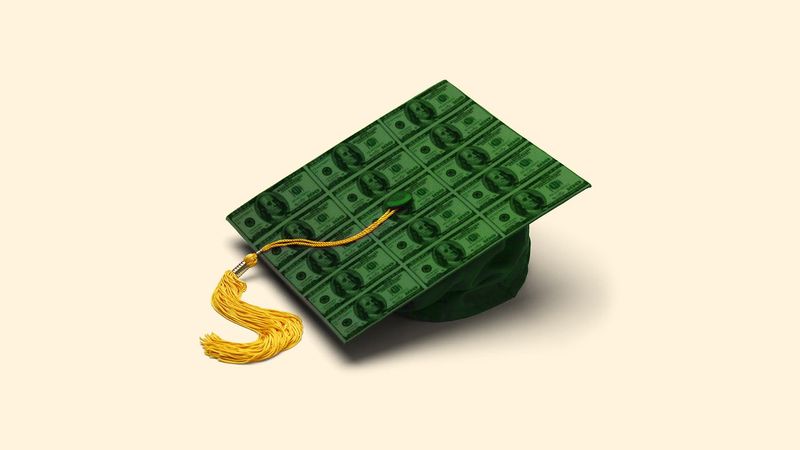
College education, once a stepping stone to success, is now a heavy financial burden for many families. The relentless rise in tuition fees has sparked debates about the value of a degree. Students and parents alike are exploring alternative educational paths, such as community colleges or online courses, in search of affordability. This trend highlights a growing demand for reform in education financing, emphasizing the need for accessible and equitable learning opportunities.
11. Gasoline

The daily commute is becoming costlier as gasoline prices continue to climb, leaving drivers in a bind. The pinch at the pump is prompting individuals to reconsider their travel habits, with carpooling and public transportation gaining favor. This shift not only reflects a response to economic pressures but also stimulates conversations about environmental impact and sustainability. As fuel costs rise, so does the interest in alternative energy sources and more efficient transportation solutions.
12. Health Insurance
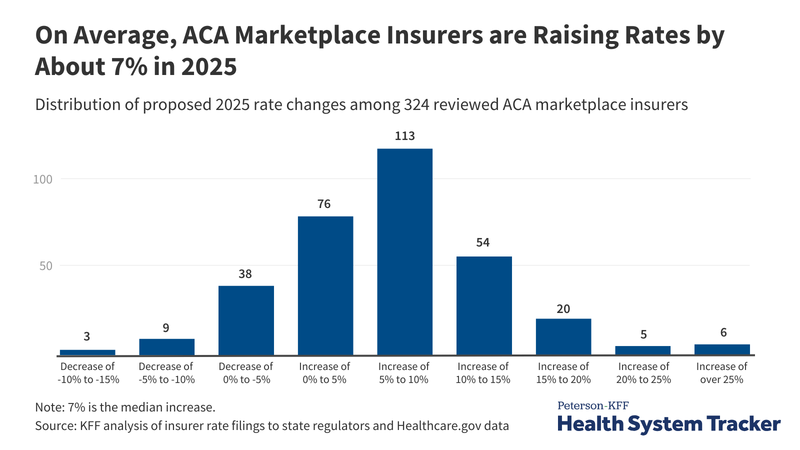
Health insurance, essential for peace of mind and well-being, is becoming alarmingly expensive for many. Policyholders are caught in a cycle of rising premiums and out-of-pocket costs. The quest for affordable coverage is driving people to explore different providers or even consider going without. This situation highlights the pressing need for reform within the healthcare system, aiming for a balance between comprehensive care and financial feasibility.
13. Car Repairs
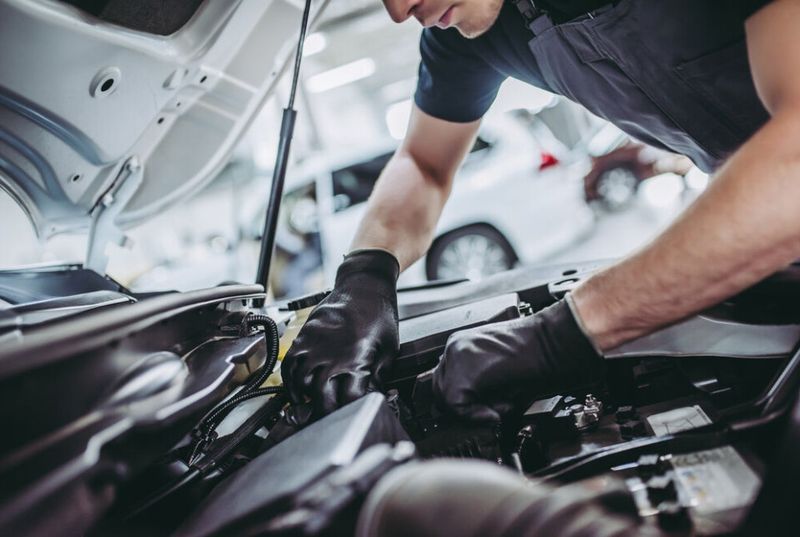
Car repairs, an unavoidable aspect of vehicle ownership, have become increasingly expensive, causing concern among drivers. The rising costs of parts and labor are prompting some to consider DIY solutions or alternative transportation modes. This trend underscores a broader issue of affordability within the auto industry, encouraging innovation in repair technology and service offerings. As drivers navigate these financial hurdles, they are more mindful of vehicle maintenance and cost-effective solutions.

Well, hello there!
My name is Jennifer. Besides being an orthodontist, I am a mother to 3 playful boys. In this motherhood journey, I can say I will never know everything. That’s why I always strive to read a lot, and that’s why I started writing about all the smithereens I came across so that you can have everything in one place! Enjoy and stay positive; you’ve got this!

